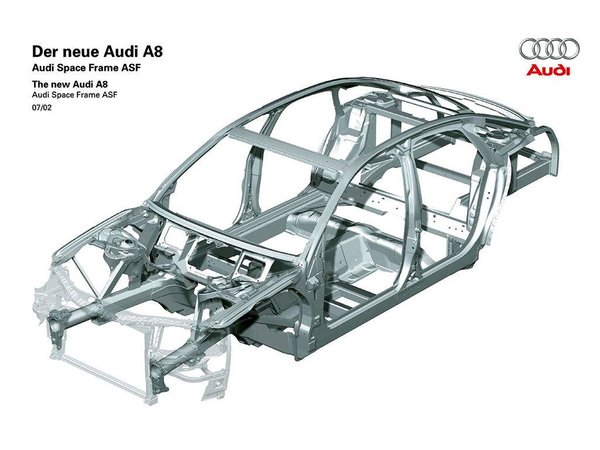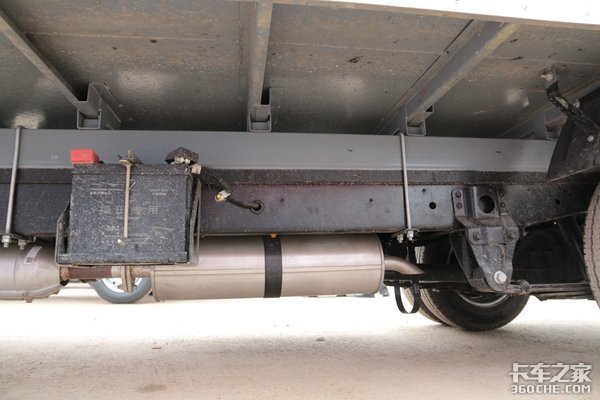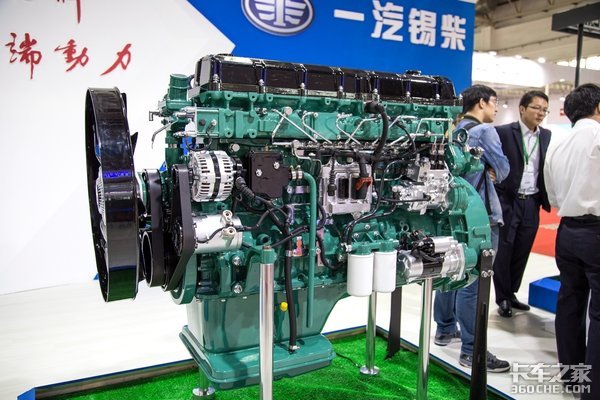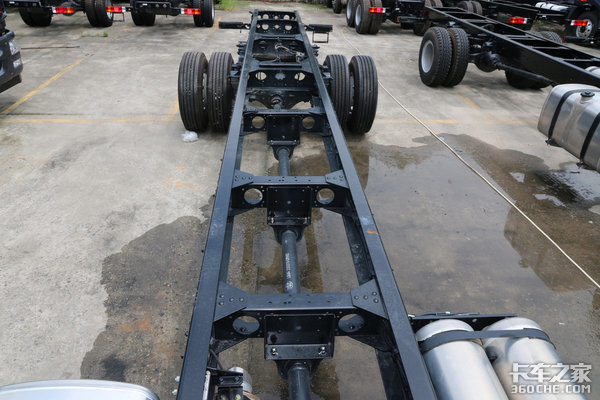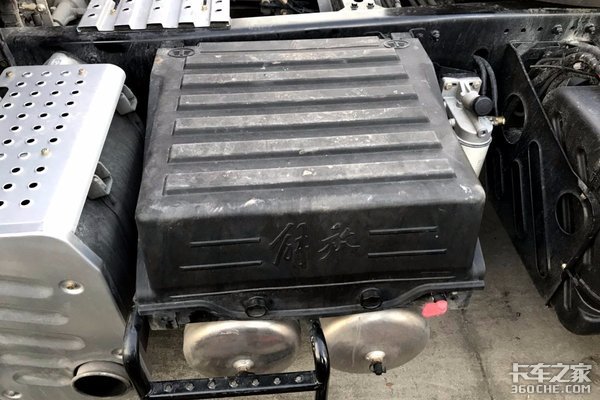19
2025
-
06
Automotive Basics (1) The overall structure of the car
Some time ago, in order to systematically learn about automobiles, I bought a few books on related aspects. After reading it, I found that although the knowledge content is relatively simple, the context of these contents is very clear after being sorted out in the textbook, and it is particularly easy to learn. Therefore, starting today, I am going to do such a column to carry the knowledge in the textbook, hoping to help some new cardholders to understand their own cars as soon as possible. Because it is for novices, the following knowledge may be relatively basic, I hope that the old drivers will not dislike it, and criticize and correct more.
In this first issue, we have to start with the most basic, that is, the structure of the car.
There are thousands of parts on a car, but when someone asks "what is a car made of", many people don't know where to start. Generally speaking, people divide the car into four main parts:
1) Bodywork
2) Engine
3) Chassis
4) Electrical equipment
Next, let's peel off the four parts of the car one by one like peeling an onion.
● Bodywork
Let's start with the bodywork. The body is the part of the vehicle that is used to carry people or goods. Including body body (frame), body exterior parts, body interior parts, body electrical accessories. The body of cars and buses is generally an integral structure. The body of the truck is generally composed of two parts: the cab and the cargo box.
The body is divided into "load-bearing body", "semi-load-bearing body" and "non-load-bearing body" according to other load-bearing chassis structures. For example, the engine, gearbox and other chassis parts of the car are directly connected to the body body, and the body needs to carry their weight, so it is a load-bearing body; (Do you know what the "one box", "two hatchbacks, and three cars" of the load-bearing body mean?) )
The truck chassis has a separate girder to carry the chassis assembly, and the body is only responsible for bearing the load of personnel and goods, so it is a non-load-bearing body.
It can be seen that the load-bearing capacity of the load-bearing body is relatively inferior to that of the non-load-bearing body due to the load of the chassis. However, due to the compact structure and the more integral vehicle, it has low noise and low weight, and is generally used in cars and other models. Due to the more powerful load-bearing performance of the non-load-bearing body, in addition to trucks, many hard-core off-road vehicles will use the non-load-bearing body structure.
● Engine
After removing the body, we can find the heart of the car at a glance - the engine.
Although the evaluation content of the media teachers all classified the engine as the chassis part of the explanation, but due to the complex structure and principle of the engine, it is often listed as a separate part.
In addition, the engine mentioned here actually includes all its accessories, such as fuel tank, exhaust after-treatment system, etc., they can be corresponded to the "five major mechanisms" and "two major systems" of the engine (this article will not be introduced first).
● Chassis
In addition to the body and engine, the rest of the frame (as mentioned earlier, there is no separate frame for the load-bearing body), gearbox, rear axle, wheels, etc., all belong to the chassis part.
According to different functions, the chassis can be divided into four major systems: driving system, steering system, transmission system and brake system. We'll expand on this section separately later.
● Electrical equipment
Electrical equipment is mainly composed of power supply system, electrical equipment and power distribution devices. It can be seen that in fact, the electrical equipment is embedded in the other three parts, but it is like a dense net, connecting the various mechanisms of the car together, and at the same time, like a commander, coordinating the work of each part. Therefore, it is very important to list this part separately for the overall design of the vehicle.
Previous Page
Previous Page




